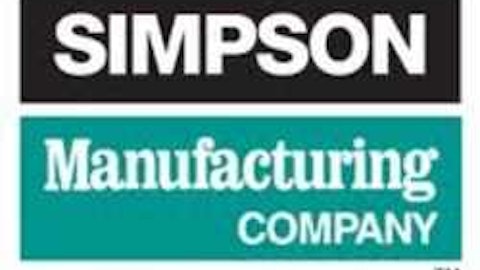
But over the past decade, the narrative has changed. Today, solar power is becoming a force in energy, and while subsidies play a role in solar energy’s growth, it’s the falling cost of solar power that’s driving the boom. Like it or not, solar power is here to stay.
The U.S. begins to see the light
The entrenched energy industry and political powers in the U.S. have been fighting any assistance to the solar industry, but their efforts have failed to slow down its growing momentum. Last year, Congress failed to extend the 1603 Treasury Grant program — a 30% cash grant given to anyone who installed solar — cutting one of the main subsidies to the industry. Solar installers were still left with an investment tax credit, but that requires taxable income, creating a financing challenge.
How did the solar industry respond to the cut in subsidies? U.S. installations rose 76% last year on the back of a 27% drop in installation costs, according to GTM Research. Growth was driven by utility-scale installation, but even the less volatile residential market grew 62% as leasing programs from companies such as SunPower Corporation (NASDAQ:SPWR) and SolarCity Corp (NASDAQ:SCTY) spread like wildfire.
The largest federal solar subsidy — an investment tax credit — is due to expire at the end of 2016. If the industry’s reaction to previous subsidy cuts is any indication, I wouldn’t be worried about solar power when it is.
Europe cuts solar lifeline — solar lives on
Europe has been even more aggressive cutting subsidies the solar industry once relied on. Germany began 2011 with feed-in tariffs that ranged from 0.29 euros per kilowatt-hour for a rooftop system to 0.21 euros per kW-hr for a large ground-mounted system. Today, a rooftop system will earn 0.165 euros per kW-hr and a utility scale system will earn 0.195 euros per kW-hr. The driver of feed-in tariff reductions is the rapidly falling cost of solar. We talk about how the flood of cheap Chinese panels affect prices and competition here in the U.S., but solar giants Yingli Green Energy Hold. Co. Ltd. (ADR) (NYSE:YGE) and Trina Solar count on Europe for most of their demand, and they’re responsible for a lot of the drop in costs there.
Despite the rapid drop in solar feed-in tariff rates and the relatively weak solar conditions Germany has to deal with, the country installed a record 7.6 GW of solar in 2012, a slight increase from a year before. So why are solar installations up if subsidies are down?
The cost of electricity from the grid in Germany is 0.26 euros per kW-hr, making solar electricity far cheaper than the grid. If you live in Germany and don’t have solar power on your roof, you’re making a bad investment.
This is a theme we’re starting to see around the world. Solar power is cheaper than the grid in Hawaii, the Caribbean, Saudi Arabia, and even Southern California.


